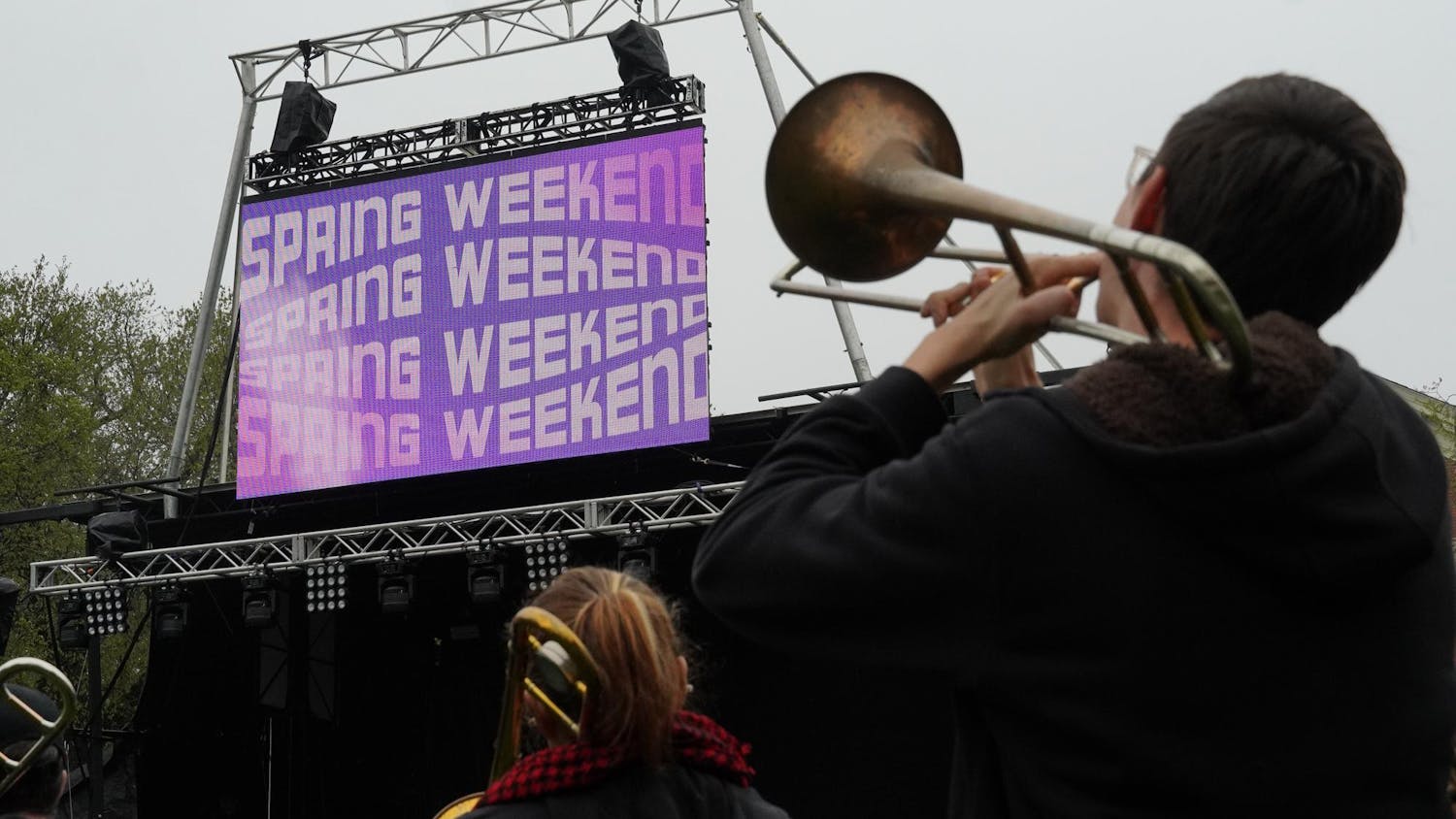Hospitals in Rhode Island have the highest average occupancy rates in the nation, according to a study published in the Journal of the American Medical Association on Feb. 19.
Between May 2023 to April 2024, the state’s hospitals exhibited an 88% mean occupancy rate — 13 percentage points higher than the national average and a rate higher than that of any other state.
Nationwide hospital occupancy rates increased substantially throughout the COVID-19 pandemic and have remained elevated ever since, the report says.
The report attributes the high occupancy rate to “a 16% reduction in the number of staffed U.S. hospital beds,” rather than any increases in hospitalizations.
Lisa Tomasso, a spokesperson for the Hospital Association of Rhode Island, identified “persistent workforce shortages” as a factor driving high occupancy rates.
“The findings from this study further reinforce the challenges hospitals have been facing for years,” Tomasso wrote in an email to The Herald. The R.I. Executive Office of Health and Human Services projects that the state will see over 4,000 new job openings for registered nurses and over 2,400 job openings for nursing assistants between 2022 and 2032.
According to Richard Leuchter, the lead author of the report and an assistant professor of medicine at the David Geffen School of Medicine at UCLA, a hospital bed occupancy rate of 85% is enough to constitute a shortage.
States with occupancy rates over 85% “are at risk of feeling the sequela of a hospital bed shortage much sooner and of greater magnitude,” Leuchter said in an interview with The Herald.
These findings come amid a particularly severe flu season in the Ocean State, The Herald previously reported. The R.I. Department of Health advises patients with less serious illnesses to avoid emergency rooms, citing “very crowded” facilities and long wait times.
“The flu, RSV, COVID, norovirus (have) been kind of rampant for the last couple of months,” Paari Gopalakrishnan, president and chief operating officer of Kent Hospital, said in an interview with The Herald. “It’s put a lot of strain on emergency departments, as well as hospitals.”
Overcrowding can lead to delays in care, limit treatment options and add strain on already burned-out staff members, Leuchter explained.
According to Gopalakrishnan, workforce numbers have been “the biggest challenge in healthcare operations since the pandemic.” He emphasized that patient demand at hospitals is often unpredictable.
These workforce shortages also come amid a state proposal to cut $25 million in hospital funding by the state, The Herald previously reported.
Tomasso also believes that low reimbursement rates in Rhode Island are a potential cause of the workforce shortfall, as they impact “hospitals’ ability to recruit and retain health professionals.”
Despite these challenges, Leuchter stressed a need for aggressive healthcare recruiting. “The solution is not to build more hospital beds,” he said. Instead, he believes that mitigating staffing shortages is the answer.





